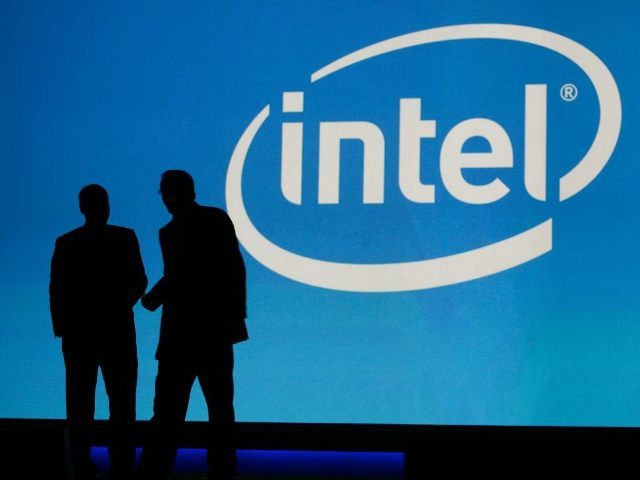Intel is about to drive a new wave of Moore’s Law, as personal computing converges with mobile technology due to the development of smaller processors, increased power efficiency, non-volatile memory, flexible/agnostic software, wireless peripherals and cloud access.
Intel (NASDAQ:INTC) is leapfrogging its competition with the launch of Mobile Personal Computing Convergence this fall, which has the potential to create huge sales increases and expanded profit margins for the company. Intel is about to revolutionize smartphones by bringing lower-power use to the high-end computing processors used in smartphones.
At the Intel Developer Forum 2015, which runs between August 18-20 through the upcoming Intel Investor Day, the company will introduce high powered processors, memory and communications capability packaged as a System on a Chip (SOC). Intel’s miniaturizing high power processors will power “supersmart-phones” within a year.
According to Bruce Burnworth, mobile personal computing convergence will feature smaller processors, increased power efficiency, non-volatile memory, and flexible/agnostic software.
Intel has been a laggard in mobile devices, because maximizing mobile has been a bigger driver than maximizing computing for mobile devices. But that is about to radically change with Intel’s announcement that their Xeon processors, initially developed for huge data centers have been miniaturized into a CPU that can turn laptops into the equivalent of processing workstations to meet the demands of engineers, scientists, media editors, designers and researchers. According to Intel:
The Intel Xeon processor E3-1500M v5 product family, based on architecture code-named Skylake, brings high precision computing horsepower to a notebook and supports key features like error-correcting code memory for enhanced reliability while running critical workstation applications. The new products will be available with certified drivers for key engineering applications and support the unique hardware-assisted security, manageability and productivity capabilities of Intel vPro technology.
Intel’s new releases could become the first truly disruptive PC products since laptops became widely available a decade ago. Aimed at professional “power users,” the Intel-powered devices will have the option to show computer modeling and or simulations from laptops to a bigger screen, wirelessly and securely. Xeon-powered HP, Dell and MacBook Pro laptops will arrive this fall.
Within a year, the just-released Windows 10 “Continuum” will allow a whole new generation of Intel-powered supersmart-phones to operate as a power PCs that seamlessly connect to Microsoft’s booming new 55-inch and 84-inch Surface Hubs wall screens. Intel-powered devices will allow working on a spreadsheet or playing a game on the big screen, while talking on the phone or watching a video on the phone’s built-in display.
Coupled with the ability to multitask access to the cloud for big data, and IoT gateways for infrastructure monitoring, the demand for Xeon-driven laptops and supersmart-phones looks positioned to create a new boom.

COMMENTS
Please let us know if you're having issues with commenting.